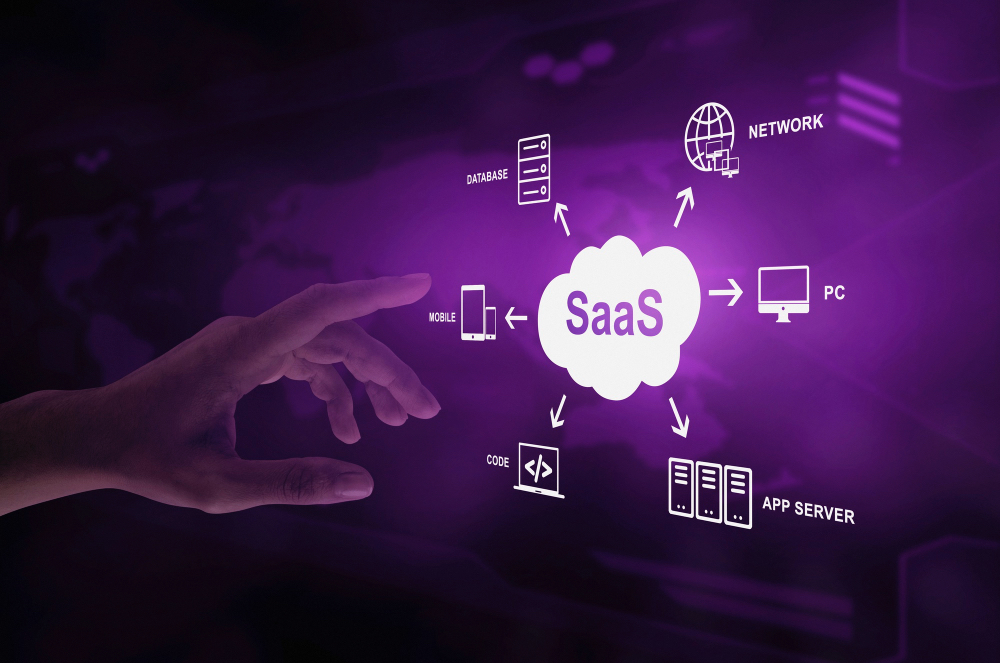The Software as a Service (SaaS) industry has revolutionized how businesses operate, providing accessible, scalable, and cost-effective solutions. How to Improve at SaaS Sales in 2023? However, with a saturated market and consumers’ increasing demands, selling SaaS products has its unique challenges. This in-depth guide will explore strategies to improve your SaaS sales, helping your business stand out in this competitive landscape.
Understanding the SaaS Sales Landscape
The SaaS model has shifted the software purchasing paradigm. Instead of a high upfront cost and long-term commitment, customers can pay a recurring fee to use the software, which is hosted in the cloud and accessible from anywhere. This shift provides benefits but also changes how sales are made, requiring ongoing customer satisfaction and retention efforts alongside new customer acquisition.
Strategies to Improve SaaS Sales
There are several key strategies to consider when trying to increase your SaaS sales.
1. Understanding Your Ideal Customer
Clearly identifying and understanding your ideal customer is the foundation of effective SaaS sales. By understanding who your customer is, their needs, and how your product fulfills those needs, you can target your marketing and sales efforts more effectively.
2. Offering a Free Trial or Freemium Model
A free trial or freemium model lets potential customers experience your product without financial risk. This tactic helps break down barriers to entry and lets your product’s value speak for itself. However, it’s vital to have a strategy for converting these free users to paid customers.
3. Building a Scalable Sales Process
A well-defined and scalable sales process is vital for growing your SaaS business. This process should include prospecting methods, sales pitch guidelines, objection handling tactics, and a clear outline of the sales cycle stages.
4. Focusing on Customer Success
In the SaaS model, customer success is essential for reducing churn and driving growth. Providing excellent customer support, onboarding, and training resources can boost customer satisfaction and promote upselling and cross-selling opportunities.
5. Implementing a Strong Pricing Strategy
A well-thought-out pricing strategy can significantly impact your SaaS sales. It’s important to balance affordability for your customers with your company’s profitability. Your pricing strategy should also reflect the value your software provides.
6. Cultivating Partnerships
Building relationships with other businesses can lead to referrals, shared marketing efforts, and other synergistic benefits. These partnerships can provide a valuable source of new leads.
7. Leveraging Customer Testimonials and Case Studies
Positive customer testimonials and case studies can be powerful sales tools, providing social proof of your product’s value. Highlighting these on your website and in your sales materials can help persuade potential customers.
8. Investing in Continuous Product Improvement
Finally, remember that your product is at the heart of your sales efforts. Regularly updating your software based on customer feedback and technological advances can keep your product relevant and competitive, leading to increased sales.
Deep Dive: Techniques to Implement the Strategies
Now that we have an overview of strategies let’s delve deeper into how to implement them effectively.
Understanding Your Ideal Customer
The first step is to create a buyer persona, a detailed description of your ideal customer. This persona should include demographic information, job role, main challenges, and how your product can help solve those problems.
Next, conduct market research to validate your buyer persona. Surveys, interviews, and focus groups with existing customers can provide valuable insights.
Offering a Free Trial or Freemium Model
If you choose to offer a free trial, ensure that the sign-up process is straightforward and does not require much commitment (like credit card information).
For the freemium model, it’s essential to strike the right balance between providing enough value in the free version to be useful, but not so much that users don’t feel the need to upgrade.
Building a Scalable Sales Process
Your sales process should be a repeatable series of steps that can be tracked and measured. Each stage of the process should be clearly defined, from lead generation to closing the sale. The process should be regularly reviewed and refined based on performance data.
Focusing on Customer Success
Invest in a dedicated customer success team that is proactive in ensuring customers are getting the most from your product. Regular check-ins, educational resources, and responsive support can greatly enhance customer satisfaction.
Implementing a Strong Pricing Strategy
Your pricing strategy should be based on the perceived value of your product and what the market is willing to pay. Regularly review your pricing strategy based on customer feedback and market trends.
Cultivating Partnerships
Identify potential partners who serve a similar market but are not direct competitors. Reach out to them with a proposal that demonstrates mutual benefits.
Leveraging Customer Testimonials and Case Studies
Ask your satisfied customers for testimonials and consider creating detailed case studies highlighting how your product has helped them. Use these effectively in your marketing and sales materials.
Investing in Continuous Product Improvement
How to Improve at SaaS Sales in 2023 – Have a clear process for gathering and prioritizing customer feedback. Regularly update your product based on this feedback and technological advancements.
In conclusion, selling SaaS products presents unique challenges, but with the right strategies, you can significantly boost your sales. Remember, the key to SaaS sales success lies in providing ongoing value to your customers and continuously adapting to their changing needs.
As always, we encourage our readers to share their thoughts and experiences in the comments section below. Let’s foster a conversation about the exciting world of SaaS sales!


